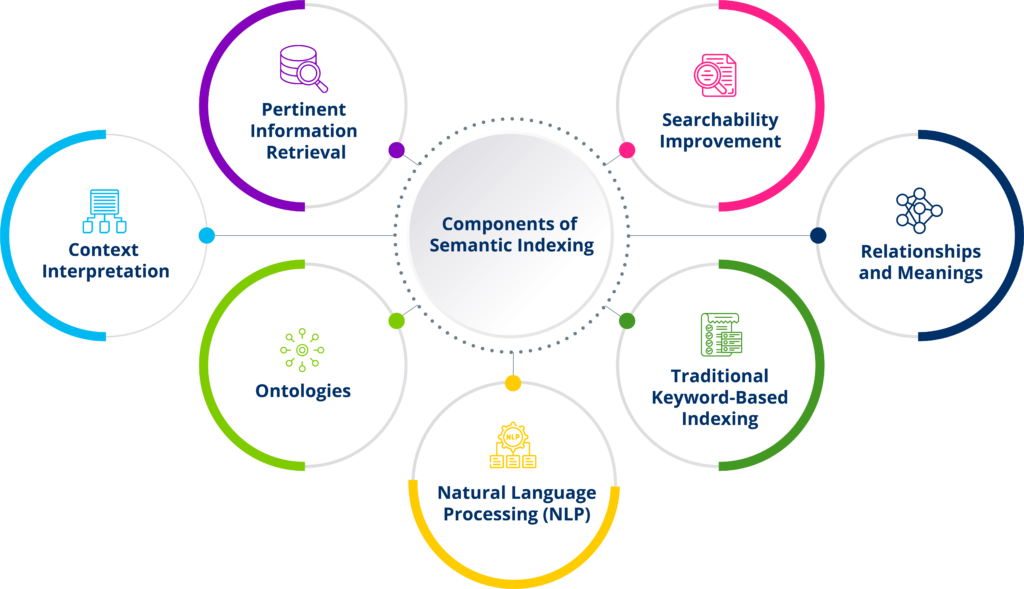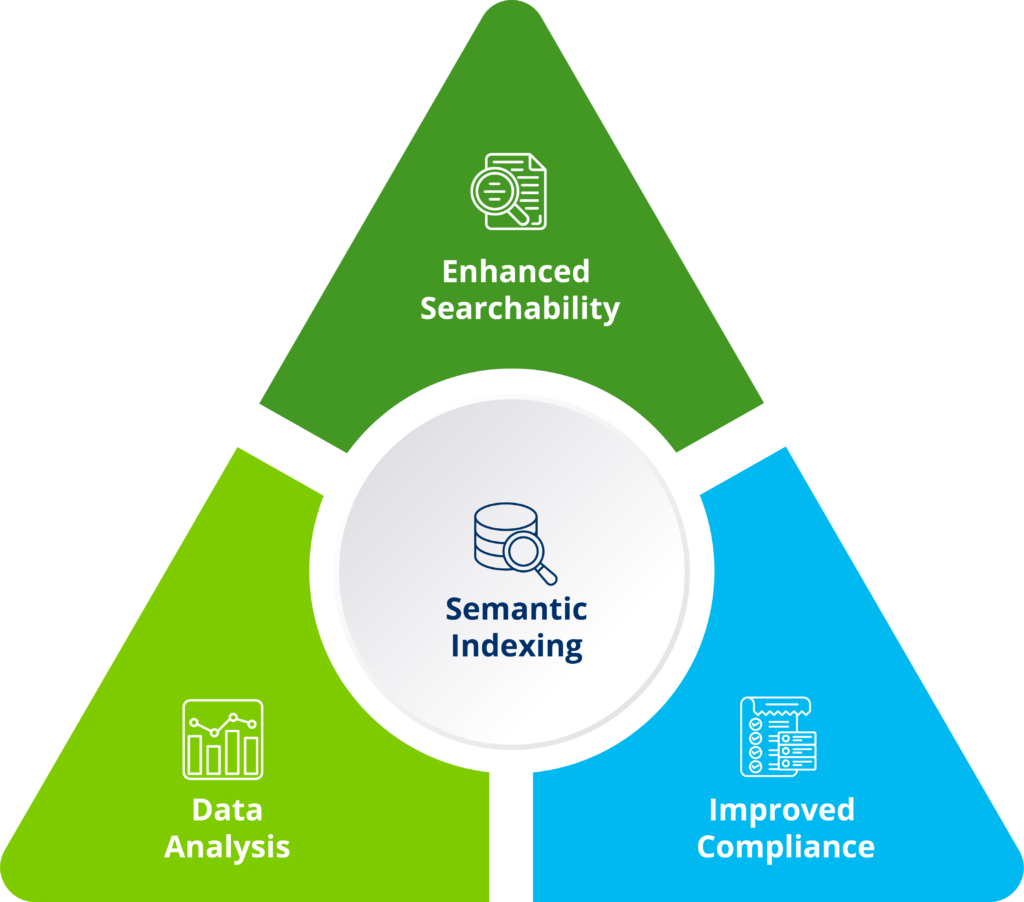From Keywords to Context: The Benefits of Semantic Search in Archiving Data

Enhancing Searchability: By understanding the context of the data, users can perform more effective searches, leading to quicker and more accurate retrieval of information.
Improving Compliance: Organizations can meet regulatory requirements more effectively by ensuring that they can access relevant archived data when needed.
Facilitating Data Analysis: Semantic indexing allows for more thorough analyses of archived data, enabling organizations to derive insights that may not be apparent through traditional search methods.

Regulatory Compliance: Industries such as finance and healthcare are subject to strict regulations regarding data retention and accessibility. Semantic indexing helps these organizations quickly retrieve relevant documents during audits or investigations.
Legal Discovery: In legal contexts, semantic indexing can streamline the discovery process by enabling lawyers to find pertinent case documents without needing to know specific keywords.
Research and Development: Researchers can benefit from semantic indexing by easily locating historical data or research papers relevant to their current projects, even if they do not remember the exact titles or terms used.
Enhanced Accuracy and Relevance: Semantic search improves the precision of results by understanding user intent and the context behind queries. This leads to more relevant search outcomes, reducing the number of irrelevant or misleading results that can occur with keyword searches, which rely solely on exact word matches.
Contextual Understanding: Unlike keyword search, which focuses on specific terms, semantic search analyzes the relationships between words and their meanings in context. This capability allows it to differentiate between similar terms and understand nuances, resulting in a more comprehensive understanding of the user’s needs
Natural Language Processing: Semantic search can interpret queries posed in natural language, making it easier for users to find information without needing to formulate precise keyword phrases. This natural interaction enhances user experience and satisfaction.
Handling Synonyms and Variations: Semantic search recognizes synonyms and related concepts, allowing it to retrieve relevant information even if the exact keywords are not used. This flexibility is particularly beneficial for users who may not know the specific terms associated with their queries.
Intent Recognition: Semantic search can discern the underlying intent behind a query—whether the user is seeking information, a product, or a specific type of content. This capability enables more tailored search results that align with user goals.
Continuous Learning: Many semantic search systems utilize machine learning to improve over time. They learn from user interactions and feedback, refining their understanding of language and user preferences, which enhances future search results.
Improved User Experience: By providing more relevant and context-aware results, semantic search creates a more intuitive and satisfying search experience, which can lead to higher user engagement and retention.
Increased Efficiency: Users can find relevant information faster, reducing the time spent on data retrieval.
Enhanced Accuracy: By understanding context, semantic indexing minimizes the chances of missing pertinent data.
Better Compliance: Organizations can more easily demonstrate compliance with data retention regulations by ensuring they can access the necessary information when required.
Cost Savings: Improved search capabilities can lead to reduced operational costs associated with data management and retrieval.
Scalability: As organizations grow and accumulate more data, semantic indexing can scale to accommodate larger datasets without sacrificing performance.


